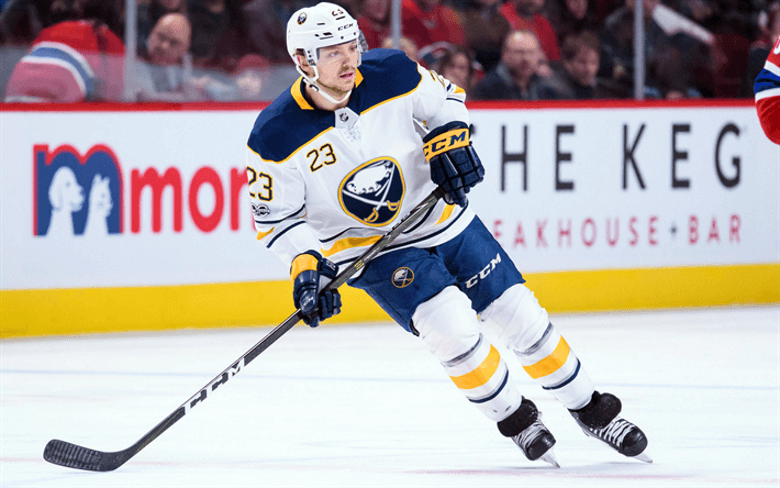
People who play any team sport are usually dedicated to it. They want to play the best game they possibly can, so they may neglect training their bodies in ways which are not directly related to the techniques required to play well.
Hockey players are no different in this respect. They hit the ice with fervor, but that fervor doesn’t extend to activities that can support their on-ice prowess, like running, weights and other strength and endurance-building activities.
But pursuing other types of training can also prevent injuries. We treat all kinds of sports people here at Back & Body and hockey players often come to us with issues like labral tears in the hips. But hamstring injuries are common complaints too, so I wanted to talk about preventing them in this post.
Let’s see how to prevent hamstring injuries in hockey.
Overuse of specific muscle groups
These 5 little words mean so much when discussing sports. Many athletes (especially weekend warriors) expose themselves to overuse injuries. Because their focus is narrow, they exclude activities that could support better performance on the ice.
This is especially true of people who start in their chosen sport as young people. Doing the same thing for years on end, with no relief to bring balance to the body is why this kind of injury happens.
Young athletes who haven’t yet entered puberty should avoid specialization for this reason. They should vary their early efforts to prevent doing their bodies harm. For example, if they’re going to play hockey, they should have another sport or activity to balance themselves.
Varied training methods
Hockey players should focus on activities which strengthen both their hamstrings and core, as well as the groin.
Anterior core stability (muscles in the mid-front of the body) supports the hamstrings and serves to prevent injury to them. Training with someone who understands the importance of this part of the body to your sport is crucial, as only they will understand the strain placed on the lower back when you’re out on the ice.
When the lower back is tight, the hamstrings can be weakened, so core strength is vital to hamstring resilience.
The use of the hip extenders in hockey tends to weaken the muscles in hockey players’ groins, leaving them susceptible to pulls. Reverse lunges are the perfect training tool for the groin, with the foot sliding the leg out from the body. Once you feel strong enough, try these with a towel or slideboard on a non-resistant service. Do these with care to build up your groin, preparing it for on-the-ice action.
Hamstring curls are also a useful exercise that can strengthen this important area of a hockey player’s lower body. With the support of an engaged trainer, incorporating a variety of hamstring curls into your workout will keep them strong and protect them from injury.
The hockey player’s best friend
The hockey player’s best friend is the award-winning multi-disciplinarian pain relief team at Back & Body Medical. Hamstring injury? Don’t hesitate to schedule an appointment.














